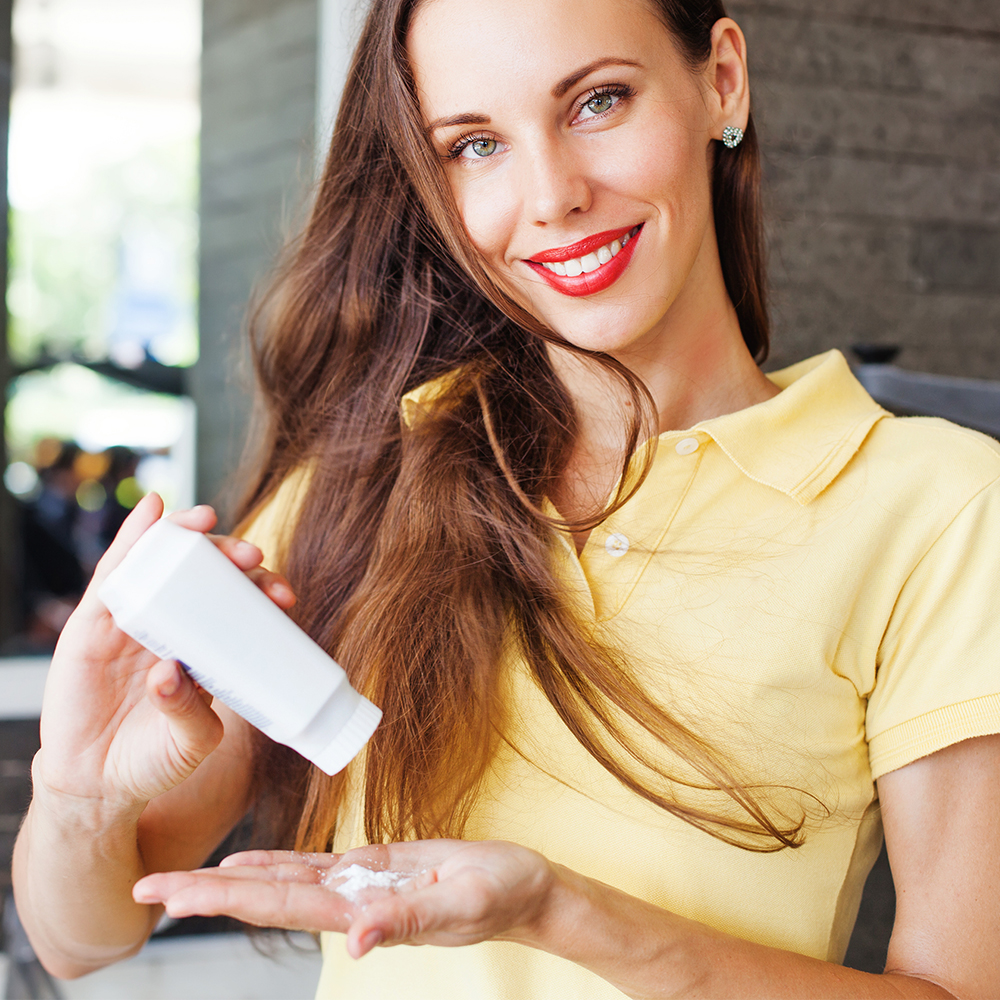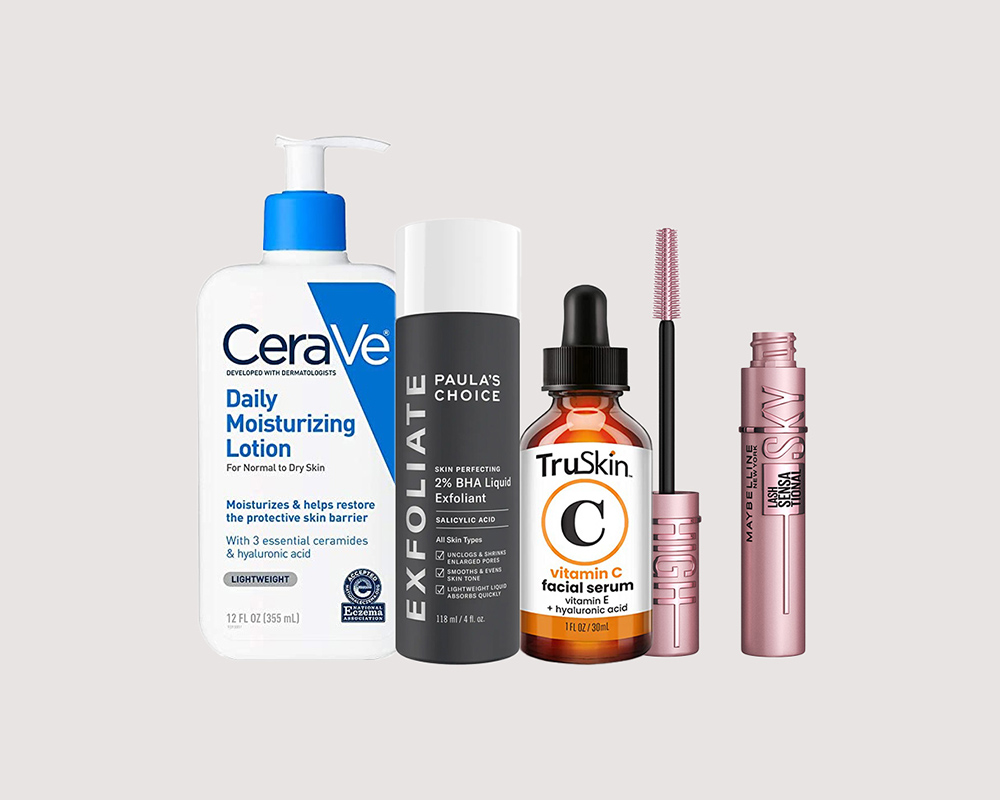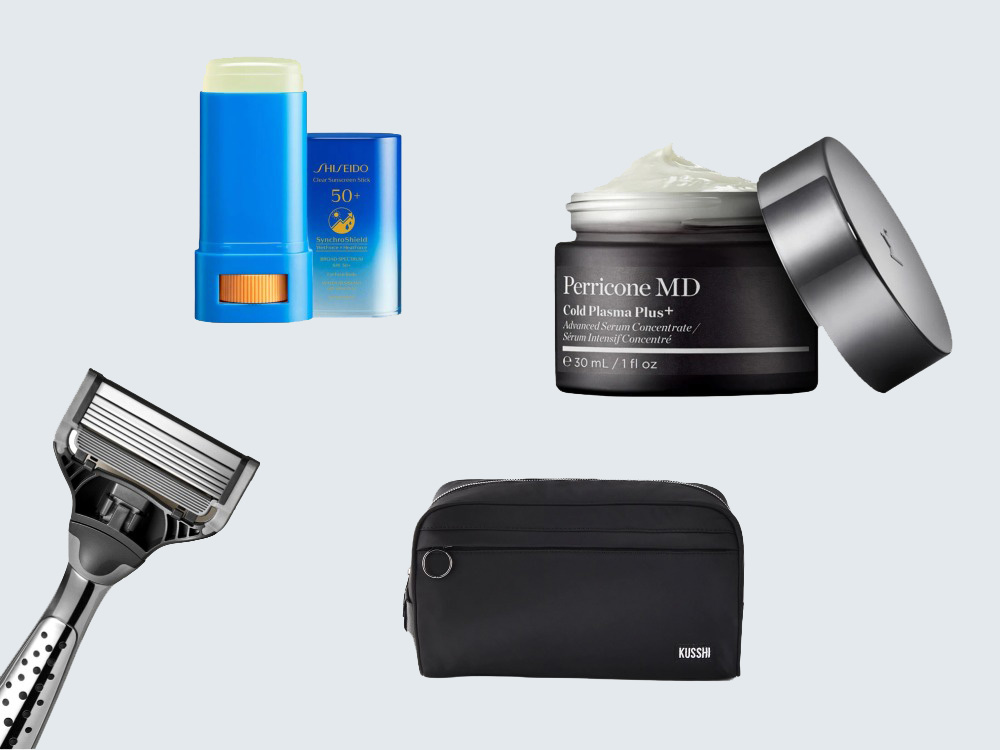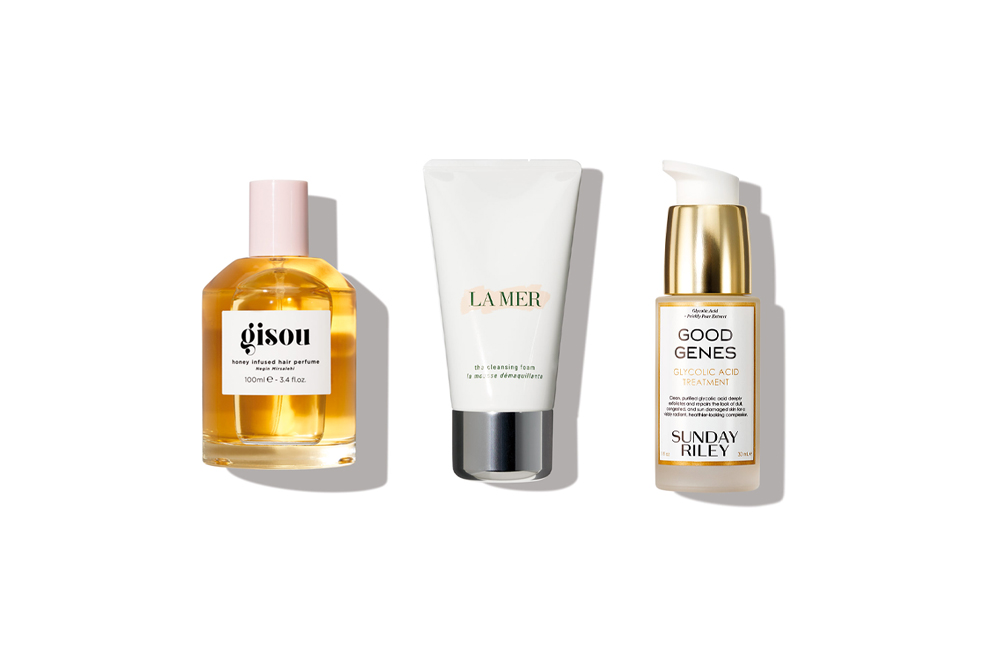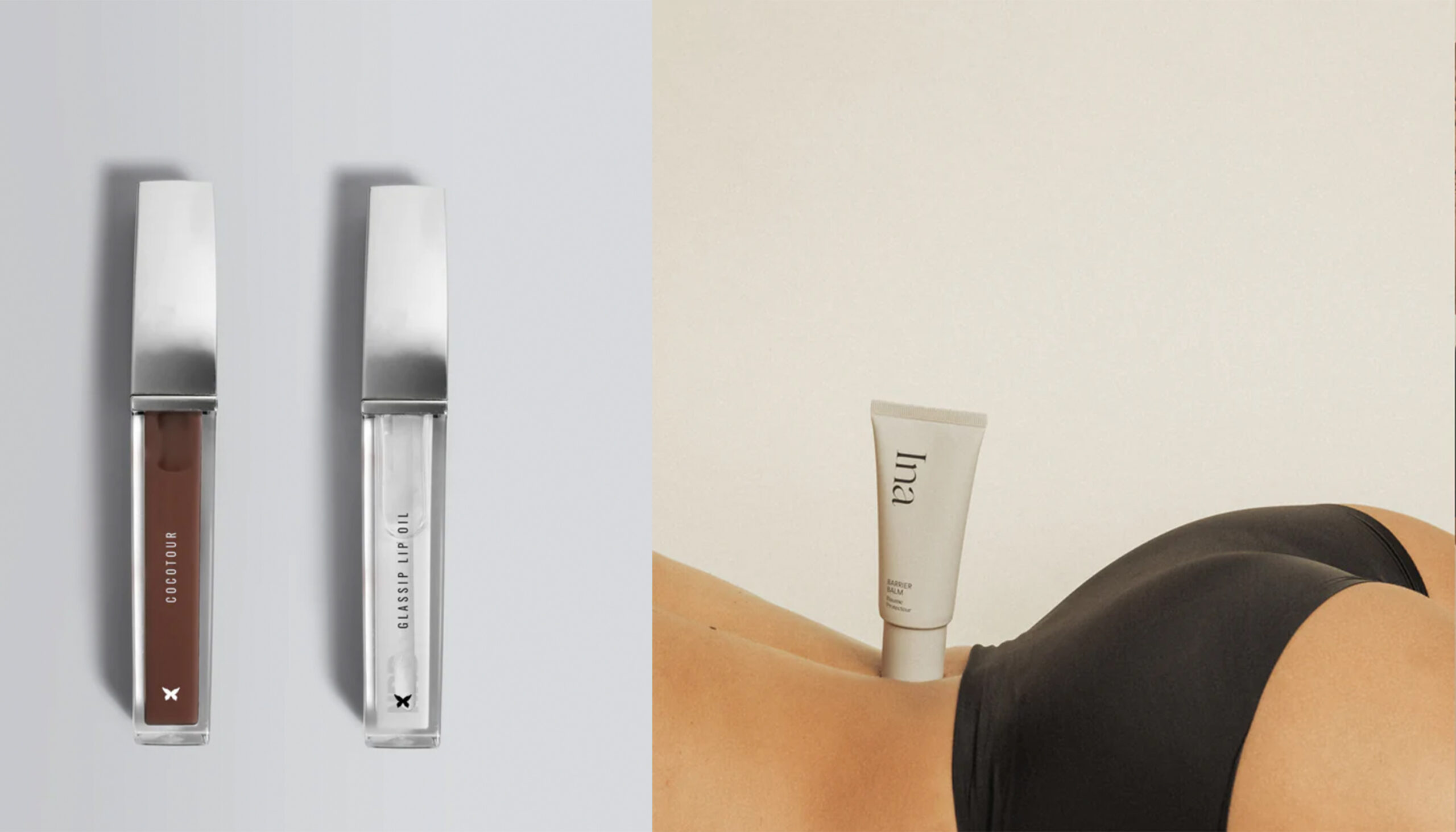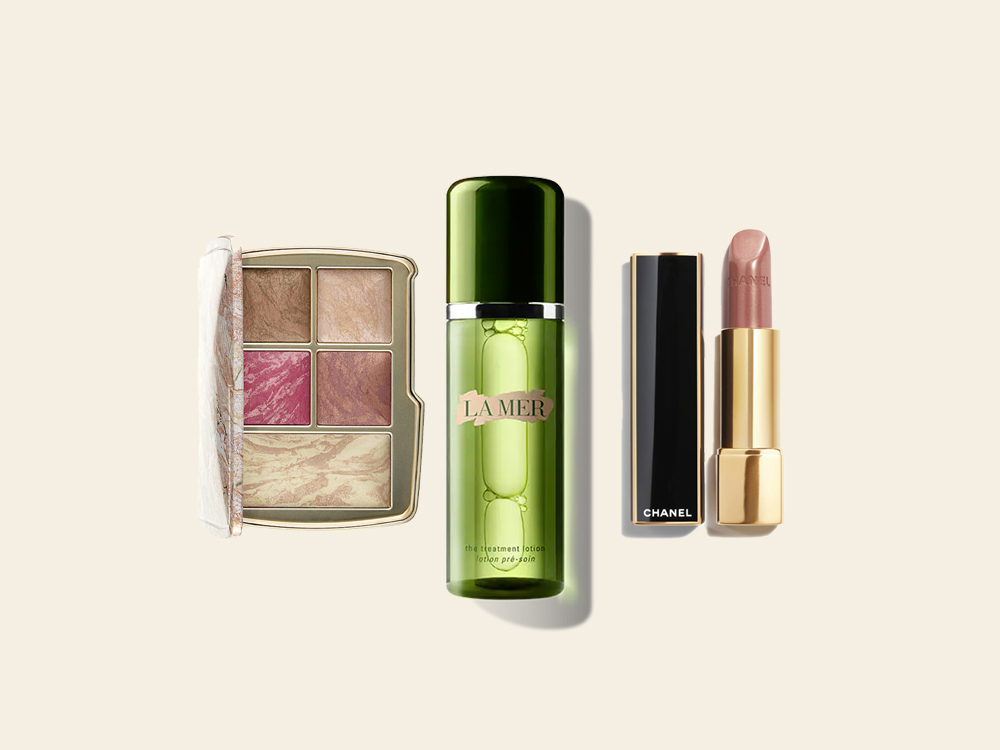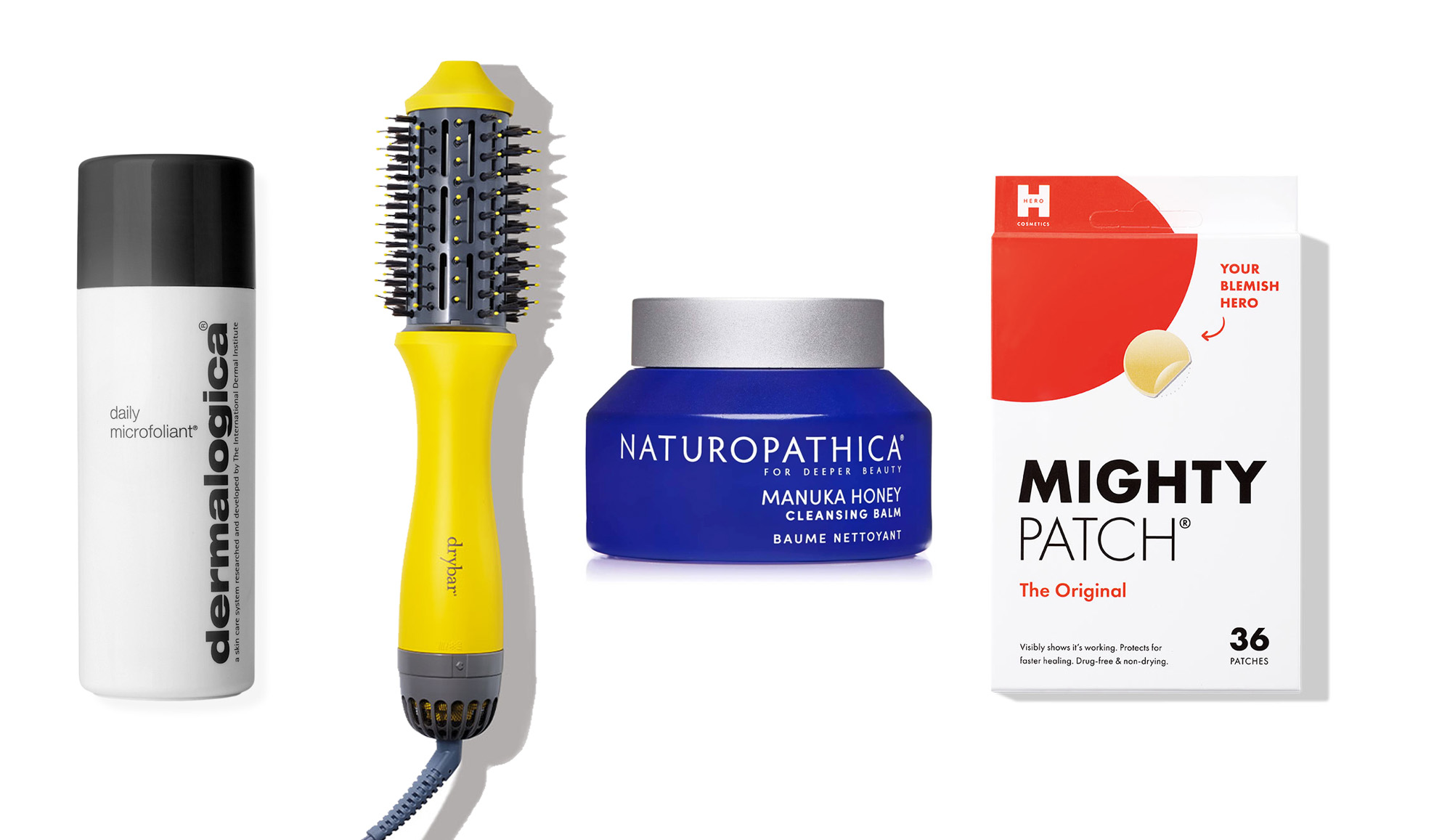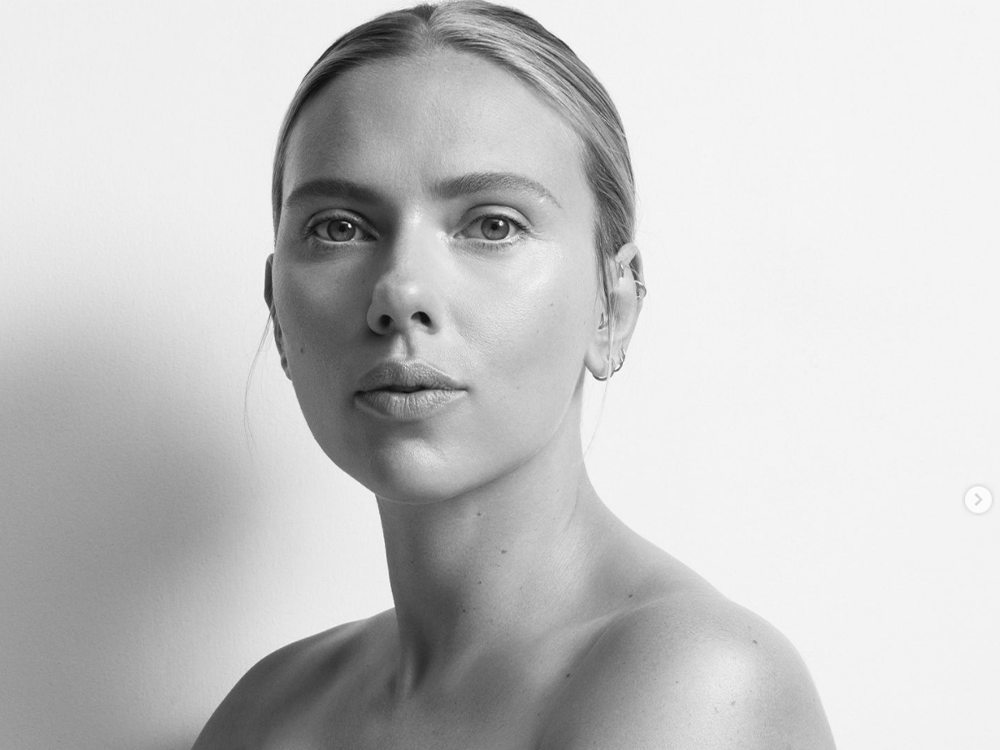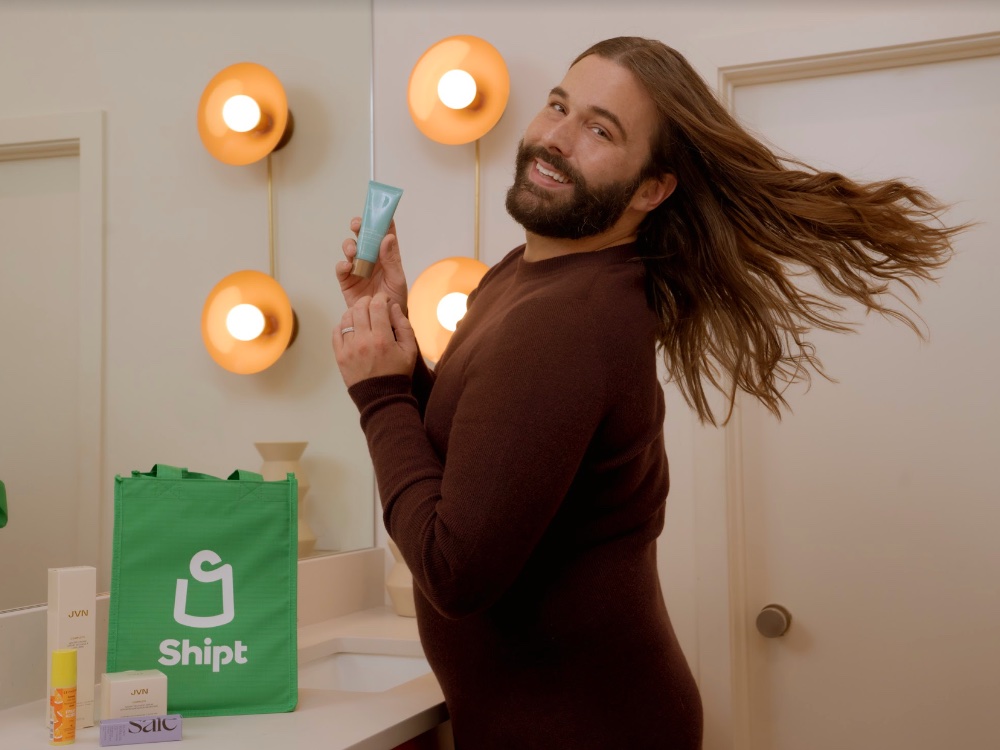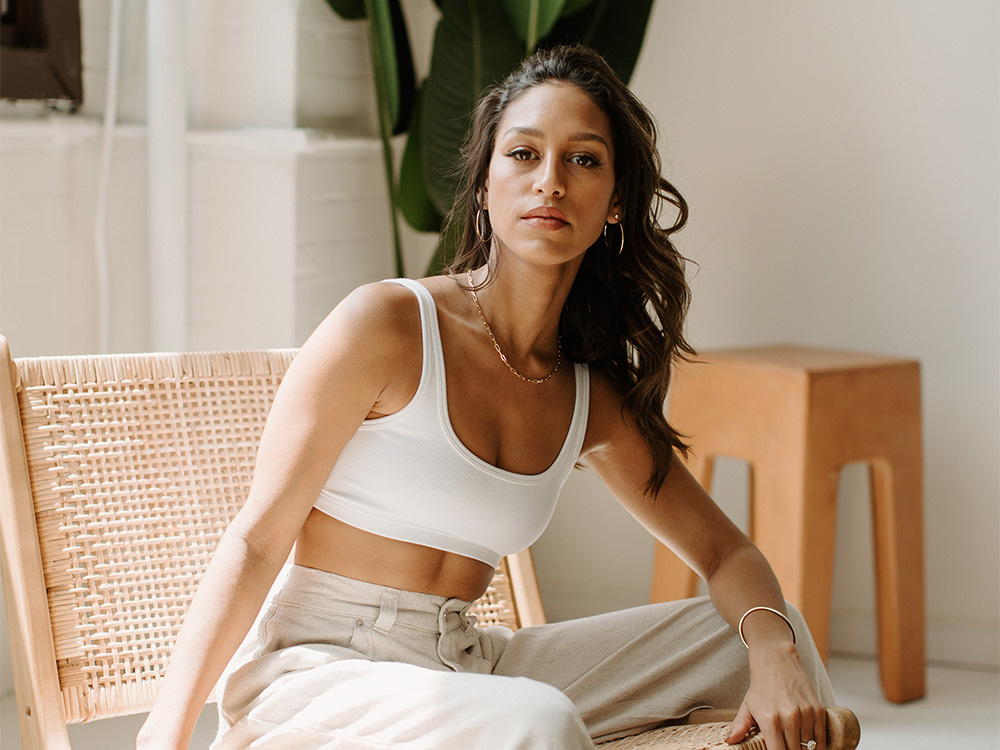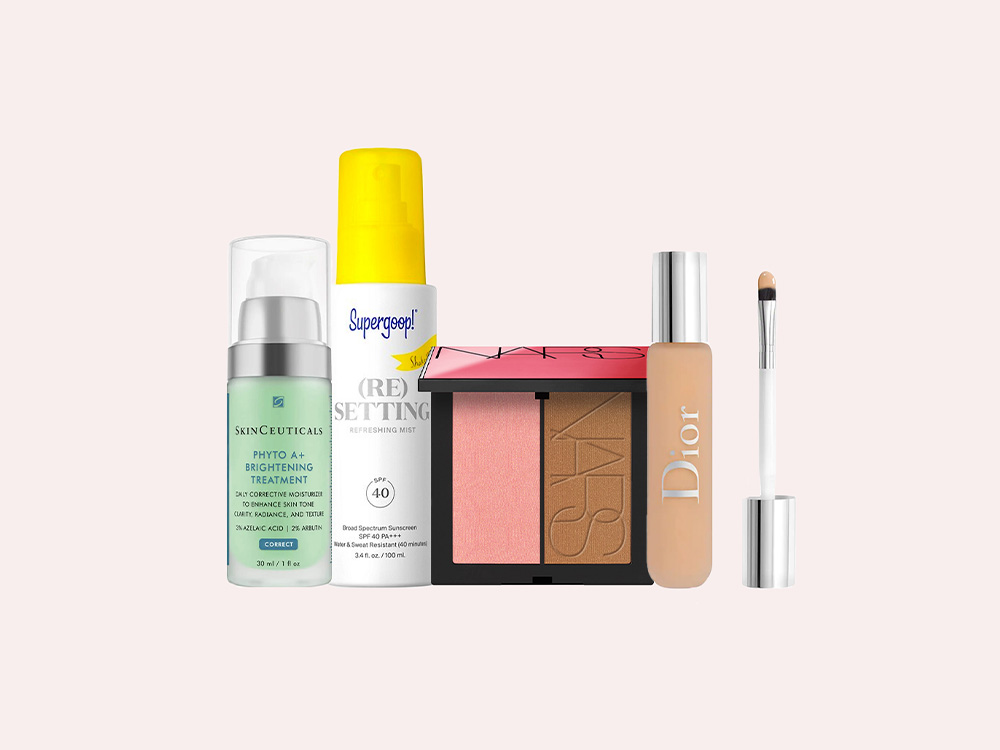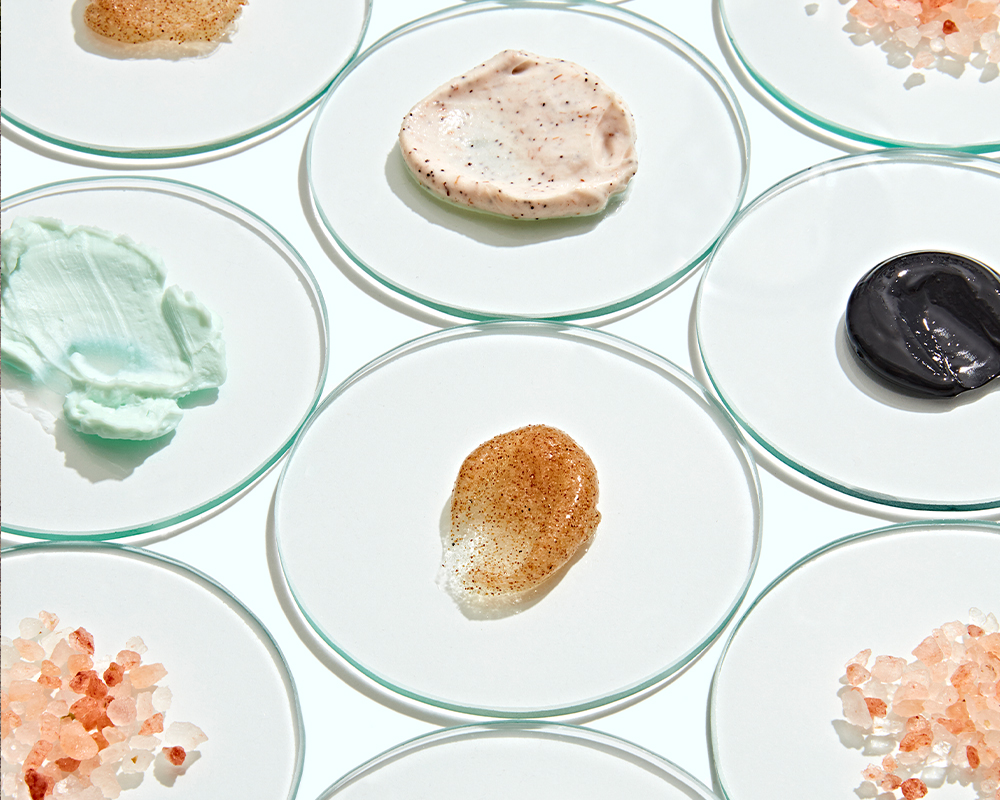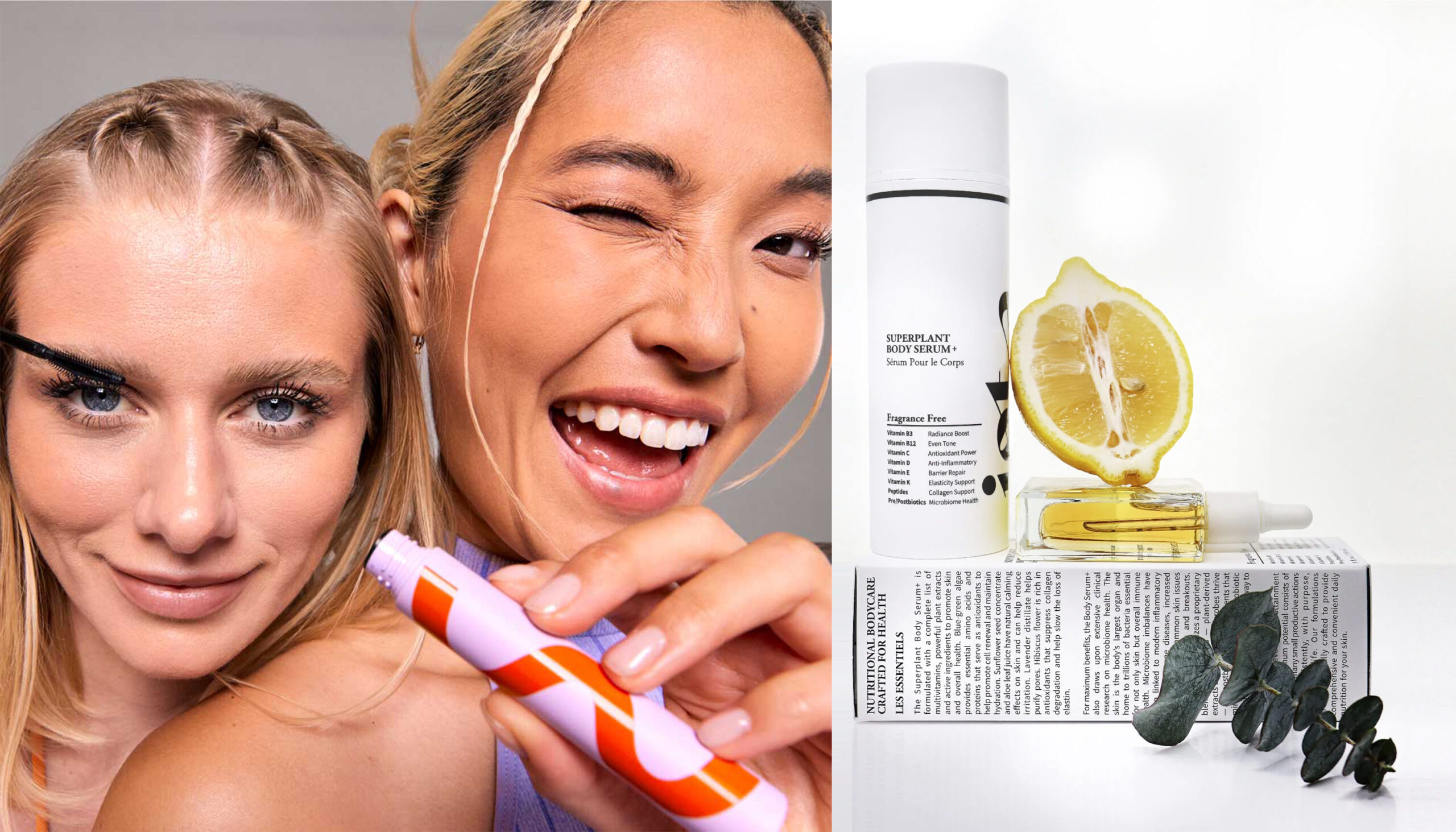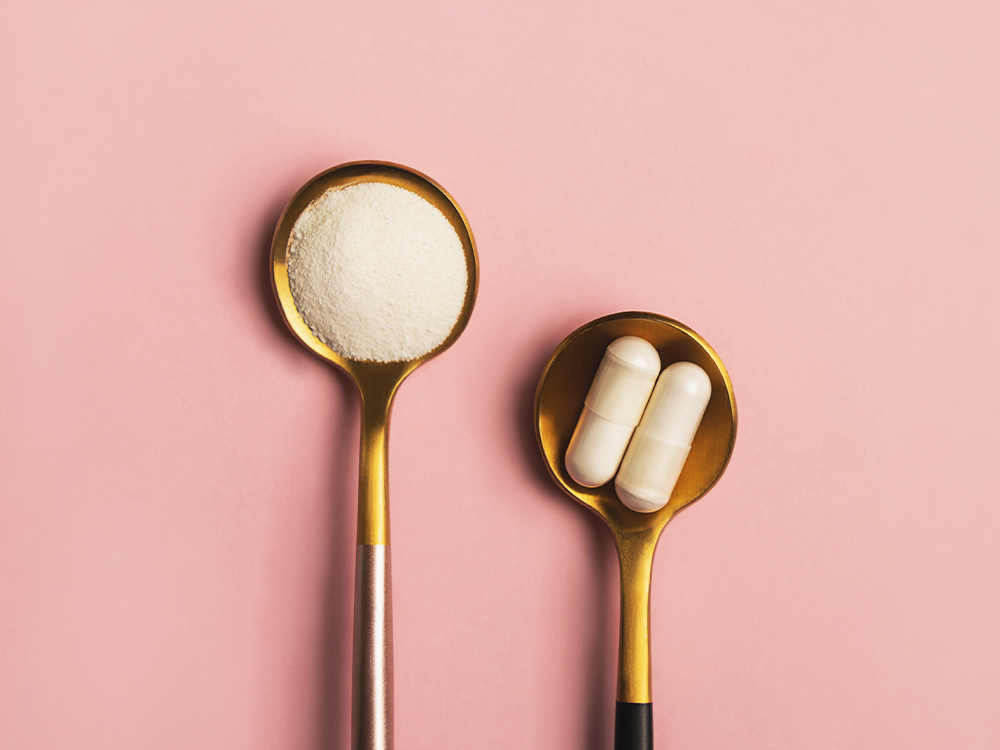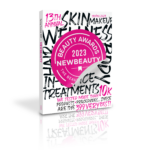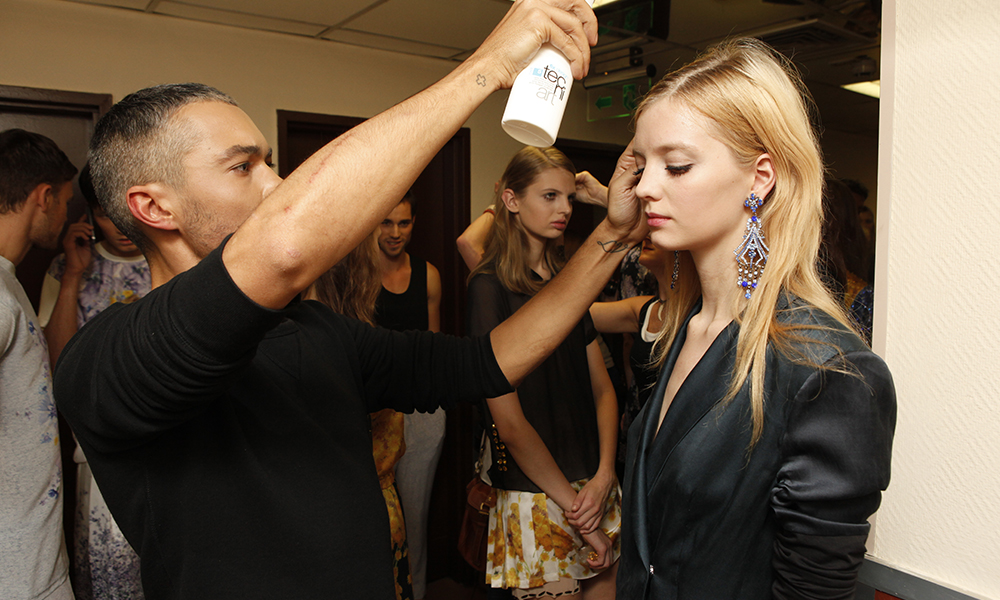
You can probably do your hair-skin-body beauty routine in your sleep, but the experts say it might be time to second-guess some of your steps. The reason: There’s a lot of common user-error associated with these nine products—and some of the tiniest skin care snafus can majorly cause harm to your complexion.
You May Also Like: Are You Applying Your Skin Care Products In The Right Order?
Cleansing Brushes
Yes, they promise to give that deep-down clean at home, but Washington, D.C., dermatologist Elizabeth Tanzi, MD, says she sees people use them incorrectly all the time. “The brushes are supposed to float over the skin so the vibrations can remove the debris from the pores. Many people apply too much pressure and the effect is like taking a scrub-brush to the skin. Scrubbing the face too harshly can cause irritation and even break capillaries.”
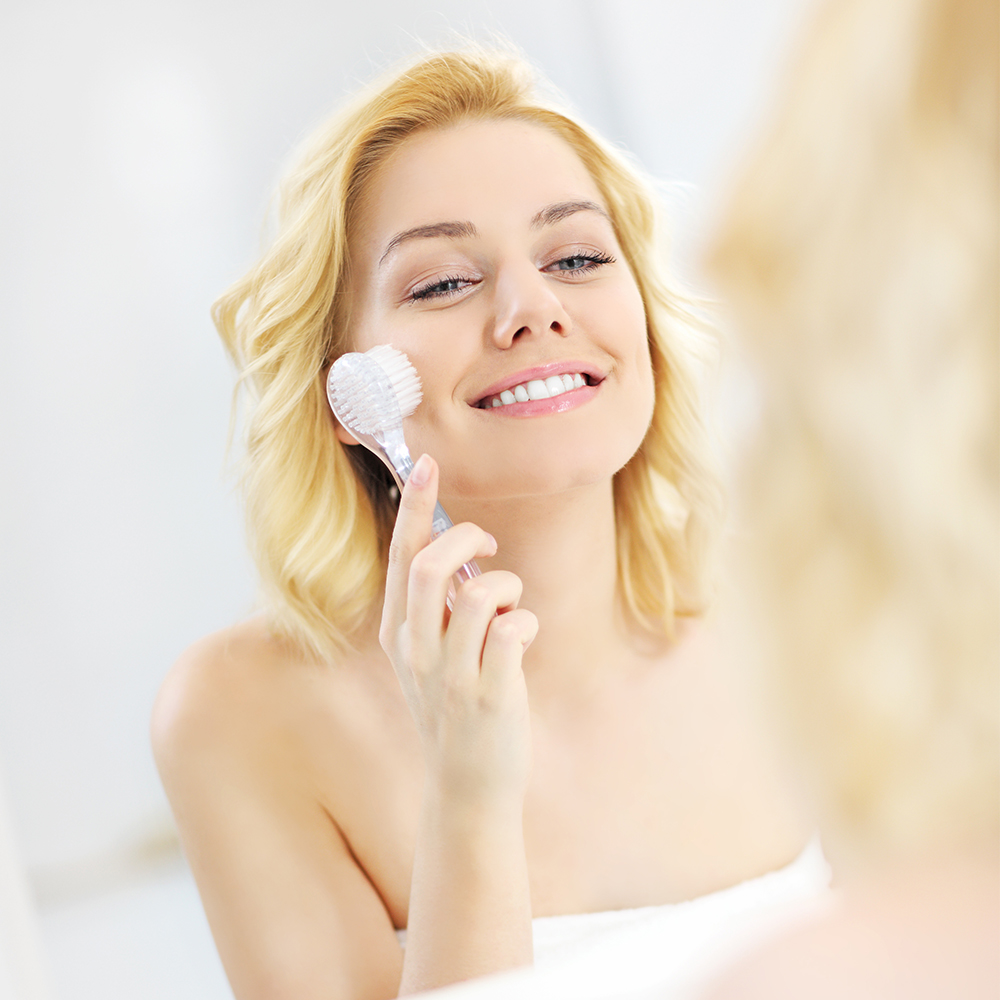
Eye Cream
“The skin around the eyes is the thinnest and most delicate on our body,” says HollyBeth Anderson, founder of HollyBeth Organics. “So many people pull and tug on the skin when applying eye cream. To apply correctly, gently tap eye cream onto the orbital bone with your ring finger, then lightly massage in. Allow eye cream to sink in for a minute before putting anything on top of it.”
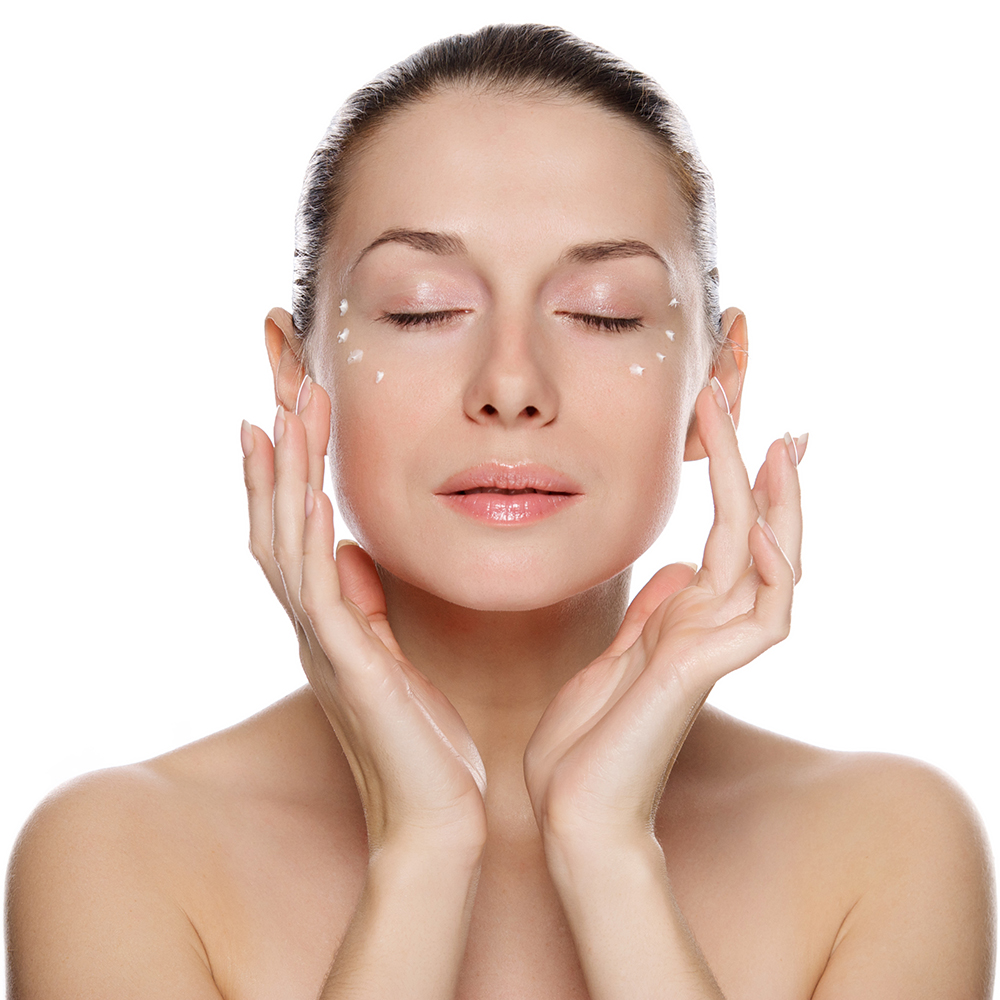
Moisturizer
This is one product that seems so simple, it’s almost improbable you could mess it up, but Barbara Broas, national aesthetician for Le Métier de Beauté, says she sees it all the time in her clients. “You are supposed to put moisturizer on after a serum, not before. Serums are made with smaller molecules and are highly concentrated, which makes them very effective so they need to be closer to the skin.”
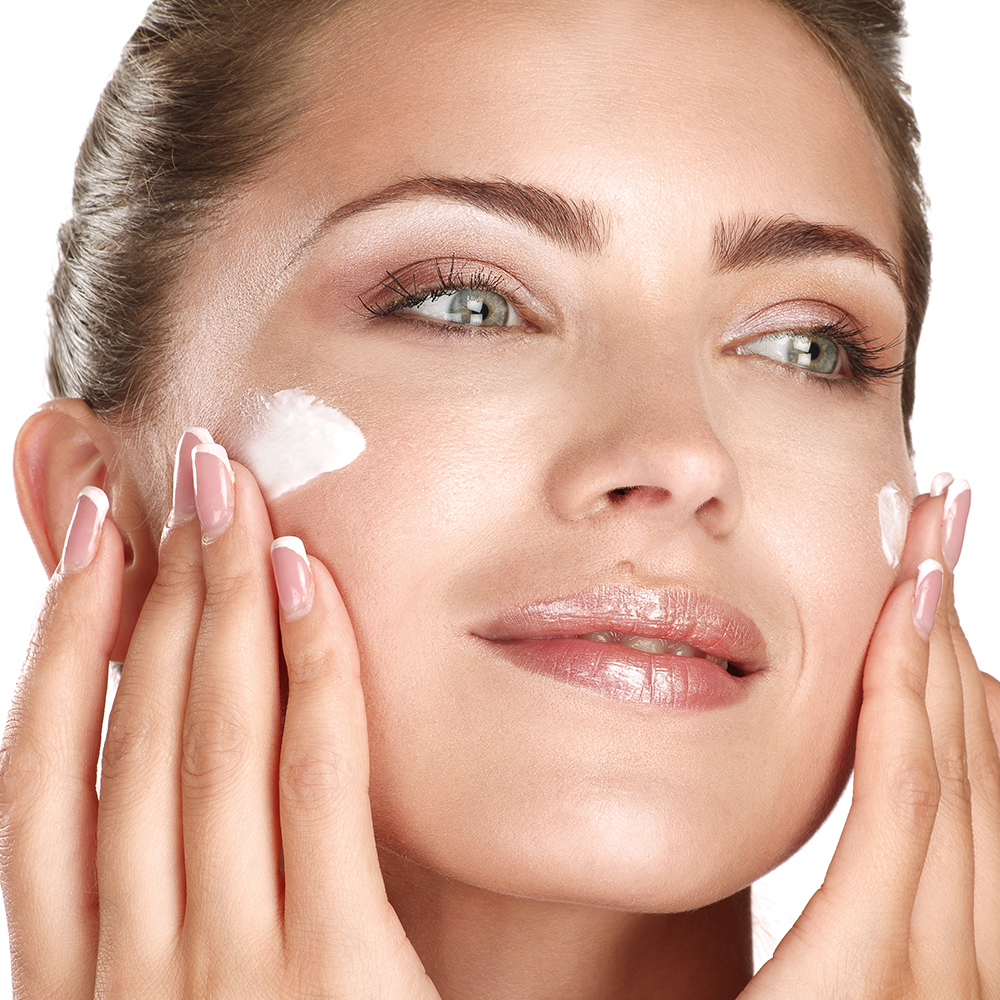
Sunscreen
You might know you are guilty of this one…and you are not alone. “SPF is meant to be reapplied every hour and a half to two hours, but most people don’t reapply at all,” Broas says. Adds dermatologist Dr. Carl Thornfeldt, founder or Epionce skincare, “Sunscreen is an important anti-aging product, but we often don’t use enough—if we apply at all. The best time to apply sunscreen is in the morning 30 minutes before going outside. It’s crucial to use a broad-spectrum sunscreen with an SPF of at least 30. I recommend Epionce Active Shield Lotion SPF 30+ for daily use under makeup. I also don’t recommend that my patients use a moisturizer that contains sunscreen. In order for sunscreen to do its job, the active ingredients must sit on top of the skin. I want my patients using a moisturizer that delivers its active ingredients into the skin, which inherently means it cannot have sunscreen ingredients in it.”
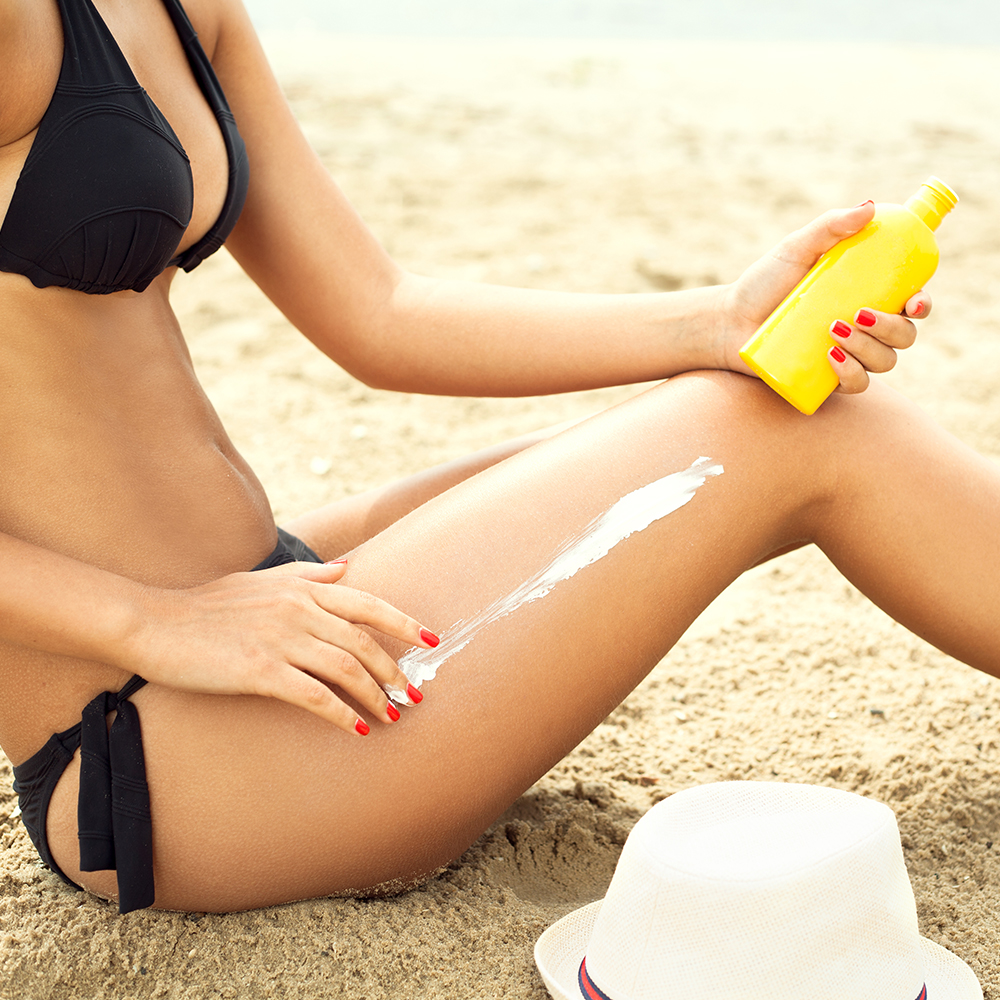
Acne Products
If you think a big “do” is drying out your skin when battling acne, you’re doing it wrong. “Many adults who are struggling with acne try to use acne products created for teenage acne,” says Dr. Thornfeldt. “These products dry out the skin, and, in turn the skin starts to product more oil and sebum in an effort to rehydrate itself, causing inflammation and aggravating the acne. I recommend that my adult acne patients take a different approach. I suggest they use a non-drying treatment product that will help clear out the pore and reduce inflammation/redness in the skin, along with a non-comedogenic moisturizer that has anti-inflammatory properties that will help repair the skin barrier.”
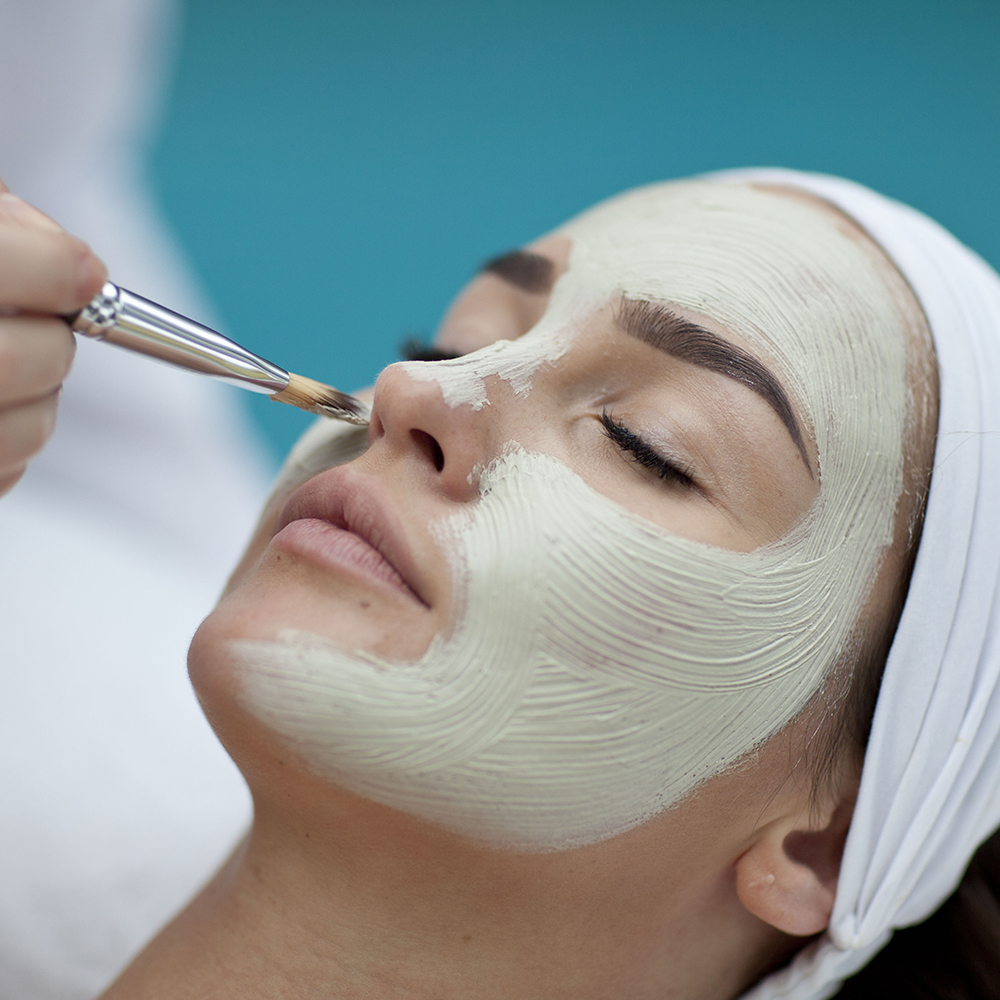
Body Oil
While body oil a great option for keeping skin hydrated all day, Karen Young, founder of Oui Shave, says most people make the mistake of applying it to dry skin when pores are tightened. “This can cause a slick mess that gets all over clothing. The trick is to apply body oil to wet skin, when pores are open and receptive. After showering, blot skin with a towel, leaving it damp. Then apply body oil and allow it to sink in while you go about the rest of your beauty routine.”
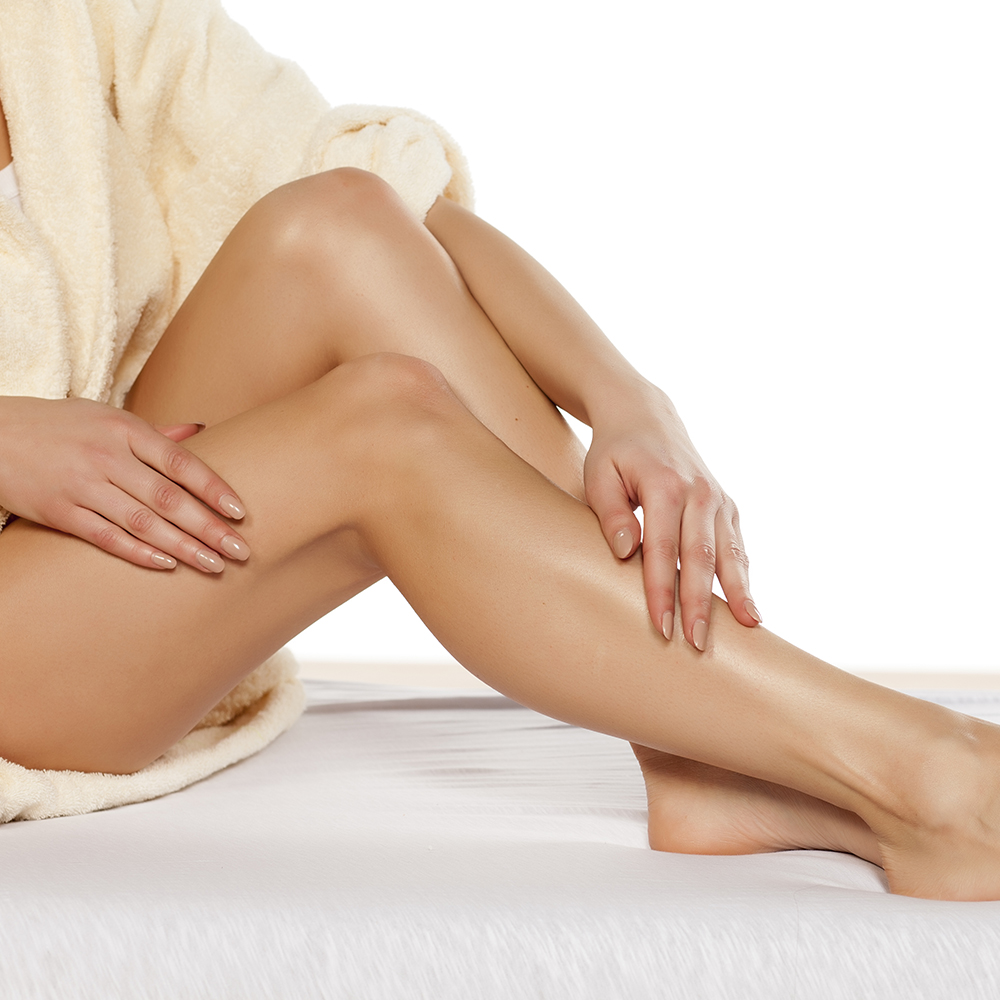
Exfoliators
Joanna Vargas, celebrity facialist and founder of Joanna Vargas Salon and Skincare Collection, says a big culprit in the misused product category is chemical exfoliant—especially retinols. “People tend to think the more they peel, the better it is for the skin. While exfoliating is really important for the skin to help assist with cell turnover, long term use of too many acids or daily use of retinols has proven to be ill advised. This thins out the skin considerably and can also cause irritation, redness and inflammation,” she says. “This type of misuse can lead to the skin being sensitized and very thin once you hit your 40s. I have many clients whose skin is so thin and sensitive they can’t do anything to the skin without it reacting poorly. Not only do they have to watch what they use on their face, but they also can’t do any of the state-of-the-art technologies coming onto the beauty scene. It’s frustrating and very aging.”
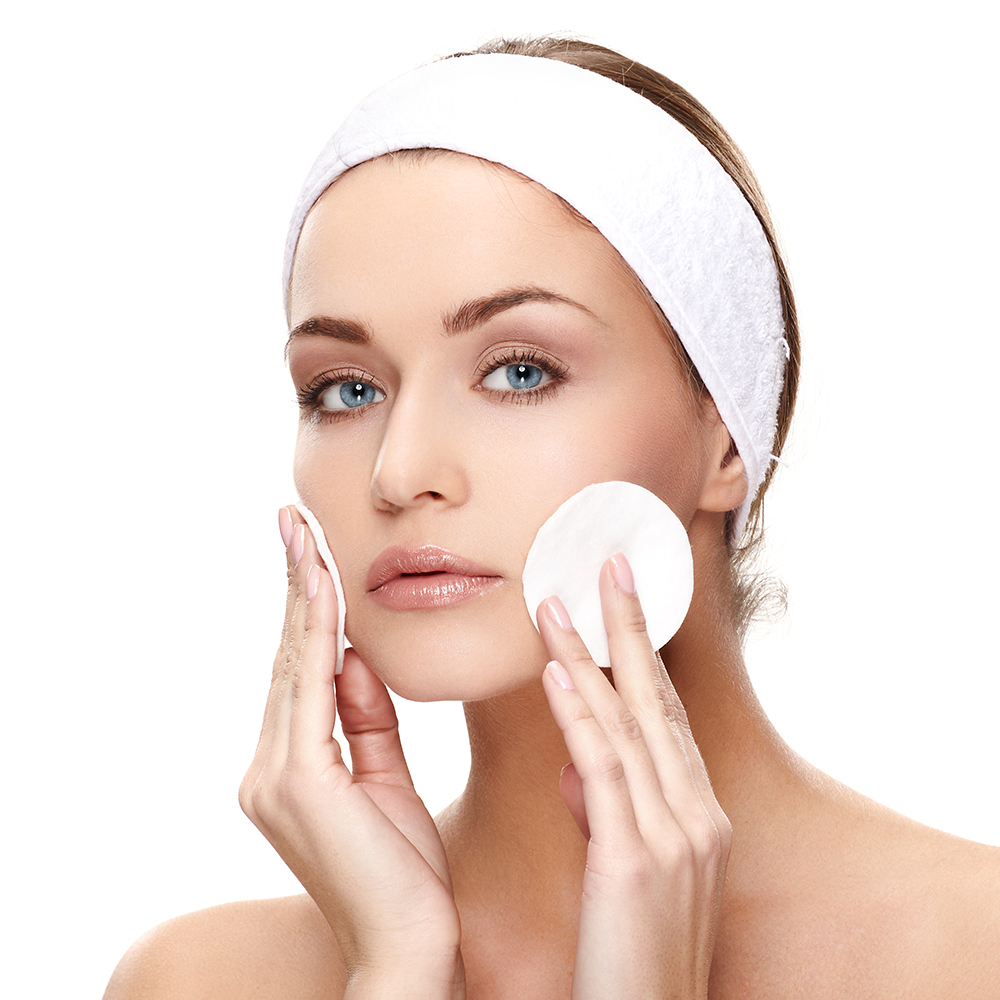
Texturizing Sprays
So these last two won’t cause any skin issues, but they will stand in the way of you and a better ‘do. “A lot of people don’t know this, but you can use texturizing spray before curling or styling dry hair for added hold and dry texture. It almost gives an airy matte finish to the hair,” says Jen Atkin, celebrity hairstylist and founder of OUAI Haircare, who recommends OUAI Texturizing Hair Spray. “I love to use it with the ‘butterfly’ technique, where I’ll lift one side of the hair and shake it as I spray throughout. This gives instant texture and volume. For an instant hair refresh perfect for limp or second-day hair, I suggest flipping your head upside down and spraying directly on the roots all over then shaking up with your fingers.”
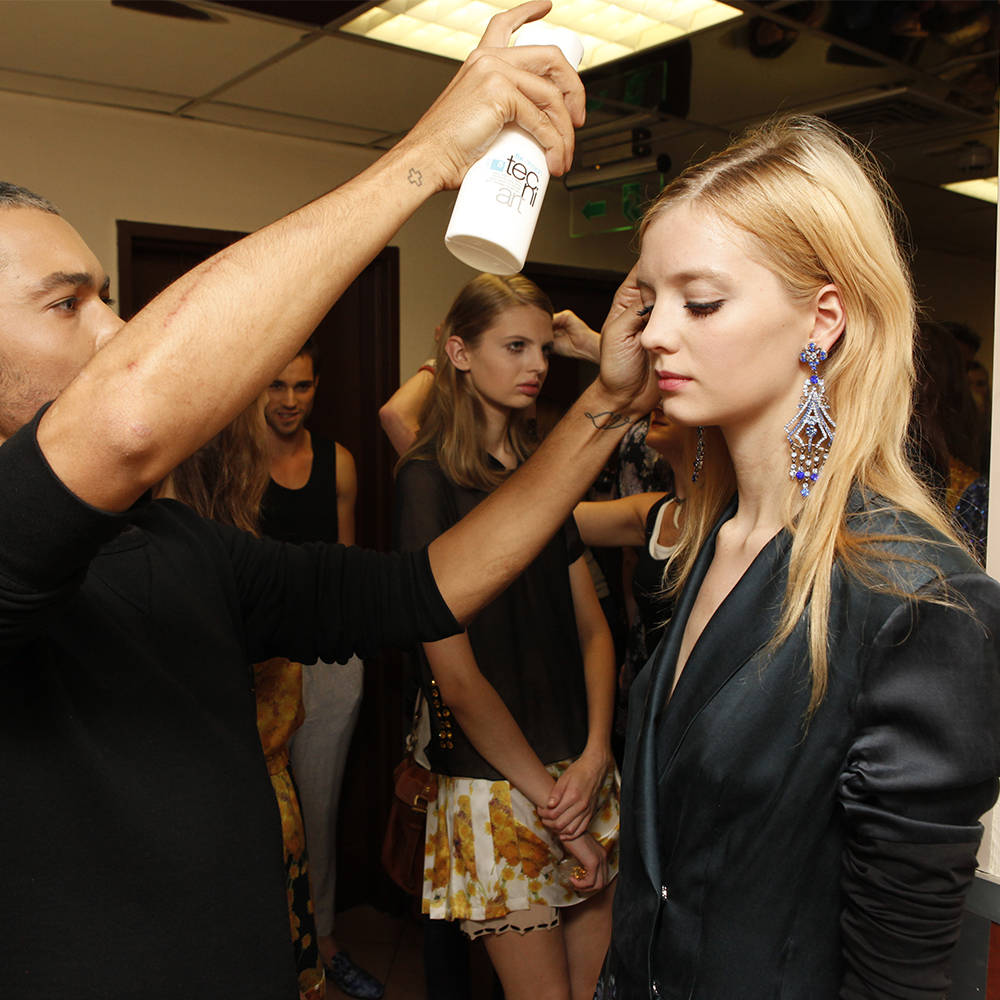
Dry Shampoo
Garren, celebrity hairstylist and cofounder of R+Co, readily admits people don’t always know where to start with his line’s ground-breaking Badlands Dry Shampoo Paste. “It’s not only a dry shampoo, and that is what’s so unique about the product—but it’s also not a powder although it feels like powder when in your hands,” he says. I prefer to use it on dry hair and as the product is in your hair, it grows, so you don’t need to use a lot. I put about a nickel-size amount in my hand and emulsify it. Less is more. If you need more, you can always add it later, but if you put too much in, it’s hard to get it out. Flip your hair upside down and rub your head at the scalp—rough it up and get all of the paste at the scalp, and then work your hands through your hair. I use my fingers to rake it through the hair to get a separated look that doesn’t look like you’ve used salt spray. I also don’t like brushing it through the hair. I prefer using my hands or a big wide-tooth comb”
